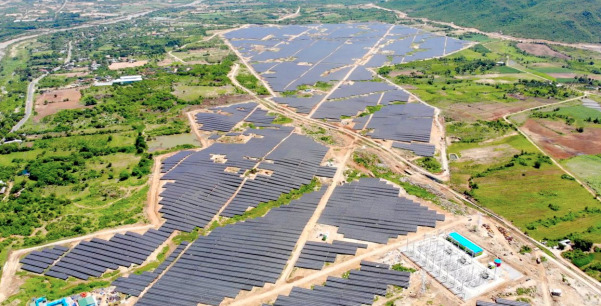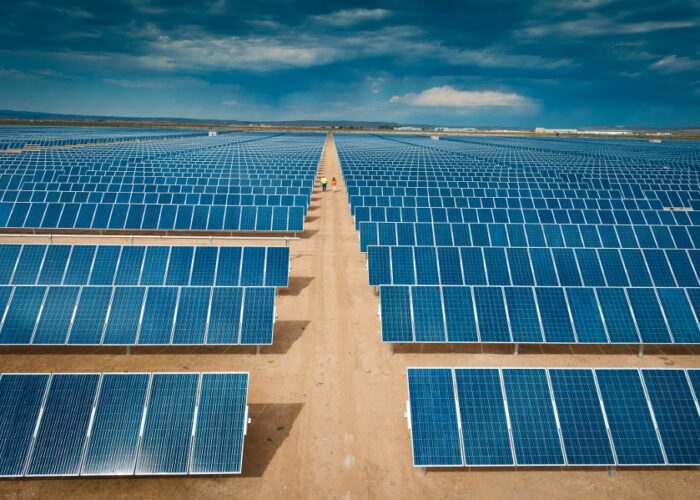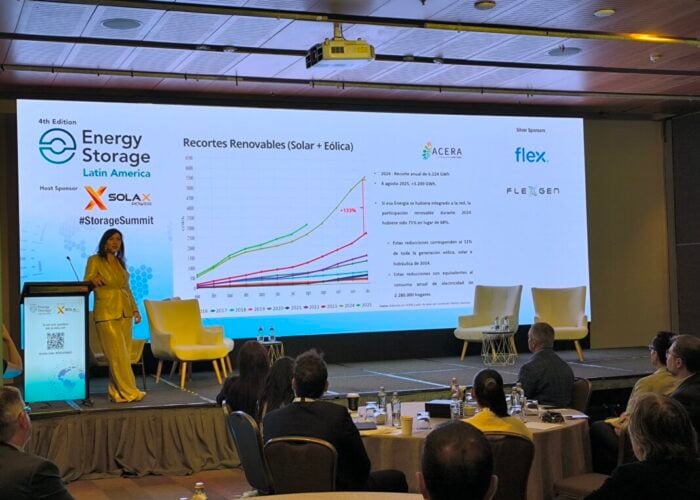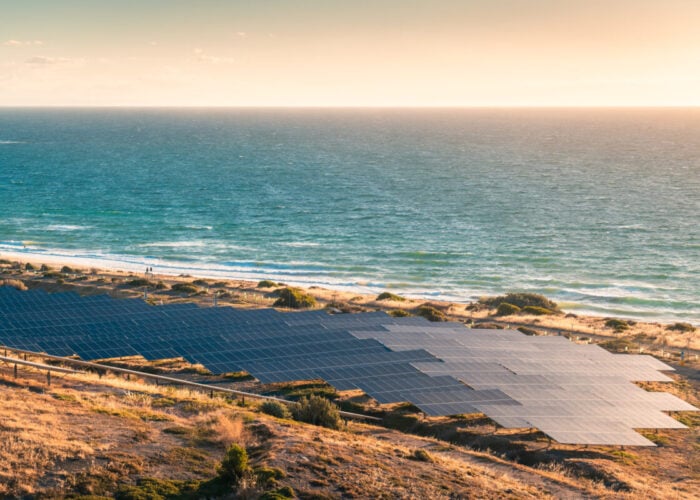
Vietnam’s planned solar capacity is “too high” and needs to be downgraded, according to local media reports that reference a government communication.
According to the reports, deputy Prime Minister Le Van Thanh said the targeted solar capacity set out in Vietnam’s Power Development Master Plan VIII for the 2021-2030 period – currently around 18.4GW – was “too high” and should be reduced to make room for more wind power.
Try Premium for just $1
- Full premium access for the first month at only $1
- Converts to an annual rate after 30 days unless cancelled
- Cancel anytime during the trial period
Premium Benefits
- Expert industry analysis and interviews
- Digital access to PV Tech Power journal
- Exclusive event discounts
Or get the full Premium subscription right away
Or continue reading this article for free
The country’s Power Development Master Plan VIII covers from 2021 to 2030 but also includes a “vision until 2045”. It was released in February last year but has undergone several revisions.
For example, an October revision was made that saw renewable capacity targets reduced significantly. The solar capacity target for 2025 went from an upper projection of 26,240MW in the original draft to 18,040MW in the revised version.
After experiencing rapid growth in solar deployment – More than 9GW of rooftop solar was installed in Vietnam in 2020, around 6GW of which was installed in December alone – Vietnam has been suffering from significant curtailment issues, with many projects also struggling with connection issues.
In January, consultancy AqualisBraemar LOC Group (ABL Group) was hired to conduct feasibility studies exploring the potential for the co-location of battery energy storage systems (BESS) across multiple PV plants following the curtailment issues.
Meanwhile, a US$500 million monocrystalline ingot and wafer manufacturing facility in Vietnam set up by ‘Solar Module Super League’ (SMSL) member JinkoSolar is expected to come online this quarter.
The Vietnamese Ministry of Industry and Trade has been contacted for comment but had not responded at the time of publication. More to follow…






